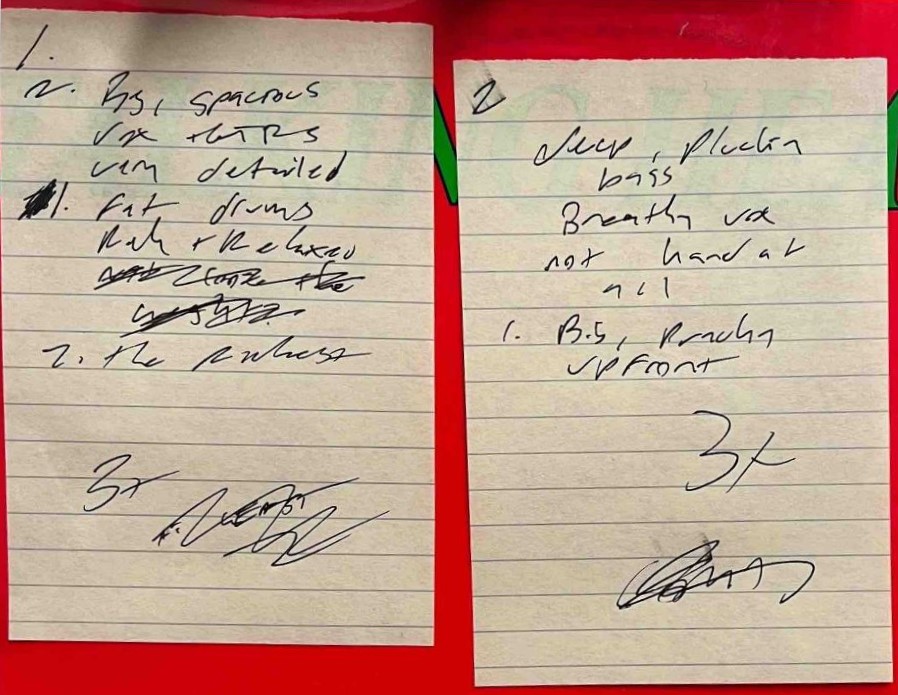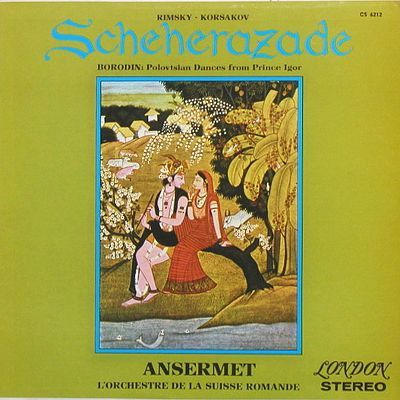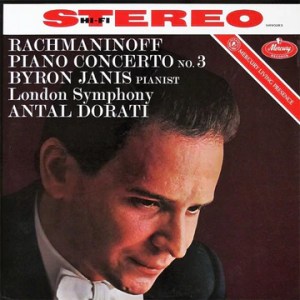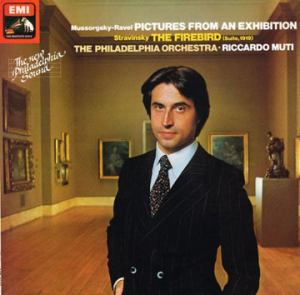 More of the Music of The Talking Heads
More of the Music of The Talking Heads
For some recent listings for the album, we noted:
If I were to compile a list of my favorite rock and pop albums from 1977, this album would definitely be on it.
In the four years since we last played it, we’d forgotten how amazing this album can sound on the best pressings. I’d even say that it’s a sonic step up from Fear Of Music and Remain In Light, probably tying with More Songs About Buildings and Food and Little Creatures for top Talking Heads honors.
That seems to have undersold just how good this album can sound on the right pressing. Having just done the shootout in our new custom-built studio, we could not have been more impressed with the recording, as you can see from the notes for the winning copy shown below.

Side One
Here are our notes for side one, for those who have trouble reading our scratch. We started off with track two.
Track two
- Big, spacious vocals and guitars
- Very detailed
Track one
- Fat drums
- Rich and relaxed
The initial grade was one we often give out, “at least 2.” We knew the sound was great, but how great? We would need to play more copies to see how this one compares to the others that seem to be doing everything right, everything being the operative word. What is everything, and how right can it get?
Yes, that’s right, we needed to answer the most important question in all of audio: Compared to what?
We typically take the two or three best side ones — we call them “contenders” — and listen to them again to see which of them has the real Shootout Winning magic in its grooves, the one that does everything right and then some.
When we played this copy again, it was clearly superior, earning our top grade of Three Pluses:
Ah, richness. What would an analog pressing be without that wonderful quality? Think of all the best sounding London and Decca orchestral recordings. Which of them aren’t rich?
This is why we love vintage analog. It has this sound. (See here for an even better example.)
It’s important at this point to distinguish between the artificially and unnaturally rich sound we decry on so many of the Heavy Vinyl remasterings being produced today and the authentic, natural and believable richness that the records made in the 50s, 60s and 70s have, with little of that quality evident in the decades to follow.
Side Two
Here are the notes for side two. I think we played the second song first again.
Track Two
- Deep, plucky bass
- Breathy vocals
- Not hard at all
Track One
The initial grade was “at least 2” and sure enough this side two ended up winning, making it one of our coveted Top Shelf copies. Records with two shootout-winning sides are exceptionally rare. There are at present 149 pressings with at least one White Hot Stamper side on the site, but only 14 of them are White Hot on both sides.
After hearing this album sound as amazingly good as this copy clearly does, we would have to say that the Heads’ first album is their best sounding.
It was a thrill to hear it sound so much better than we remember it from our most recent shootout in 2020.
And the good news, for those who can see the value in owning a record with sound guaranteed to blow your mind or your money back, is that you can expect to see more shootouts for Talking Heads’ album coming in 2024. As long as audiophiles are willing to pay our admittedly high prices, we will keep finding pressings that, seriously, set a standard that no record made in the last 30 or more years can meet.
(more…)










